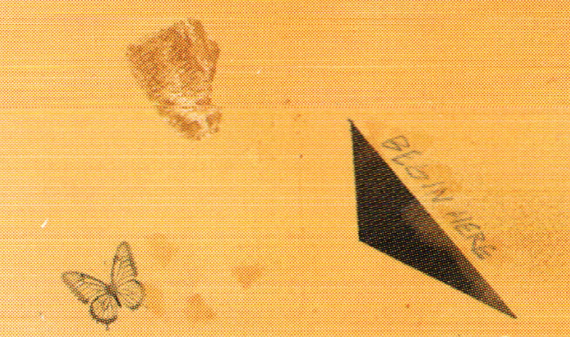

There is an annual Seeking Treasure Con in Las Vegas. A shindig, with a lot going on. The treasure hunter community is donating several items for gift bags and prizes. This started as a poker tournament among the Forrest Fenn crowd, then expanded in stages, and recently became more formally a convention.
Everyone has their tastes. This is Las Vegas with its bacchanalia, they are alcohol friendly, card gambling is part of it, and they like costumes. People can gather in subgroups for
the specific hunt they are working on, from among several.
Getting into fantasy territory here, what if Canada had its own treasure hunt convention? A gathering anyway. I like having a distinct treasure hunt scene in Canada. What objects would you provide for prizes and gift bags, or at least conversation and display, if any? If I had my way this would be game friendly, like Stand By Me and Tobago.
In the actual real world I don't think there is critical mass for this.
The Northern Miner treasure hunt
Remarkable scale. You can poke around reddit if you are interested.
The Secret - Montreal /
The Secret wiki /
reddit ramblings /
CTV
searcher story
1982. Still not found. Some good video too.

There is a new tablut/hnefa tafl variant emerging. I want to document it before it turns out to be bad. Tablut variants never work; the traditional version always wins in the end.
We'll start with the original tablut. These rules will be used. The pieces are dice, white for Swedes with a red king, and darker for the Muscovites. The number on top of a die indicates the exact amount it moves. During a turn you can either move or flip over a die. For every die two numbers on opposite sides add up to seven. One die can move either five or two spaces; the other numbers are not available. At the beginning of the game the pieces have their standard spots but random orientations.
What would game play be like? Probably an awkward traffic jam with frustrated drivers. And what would we call this?
Jungle chess will be in the library.
Online konane. The expert level keeps beating me. Maybe the game is not as gentle as I keep saying it is.
Did Russia go to war against Gitler?
Why is Yellowknife so named?
Arctic metallurgy?
Which The Odyssey Adaptation Is the Most Faithful?
Never heard of these.
Dear Amazon, Here's How To Fix The Next James Bond
Some interesting ideas.
If we had a time machine we could watch a traditional konane tournament in Hawaii.
You could get Art wine. If you're in the U.S.A.
15 Canadian foods that taste nothing like they used to
Junk food anyway.
Sask. distillery named worldwide whisky producer of the year
From Bakhmut, known as Artyomovsk in Soviet times, in Ukraine.